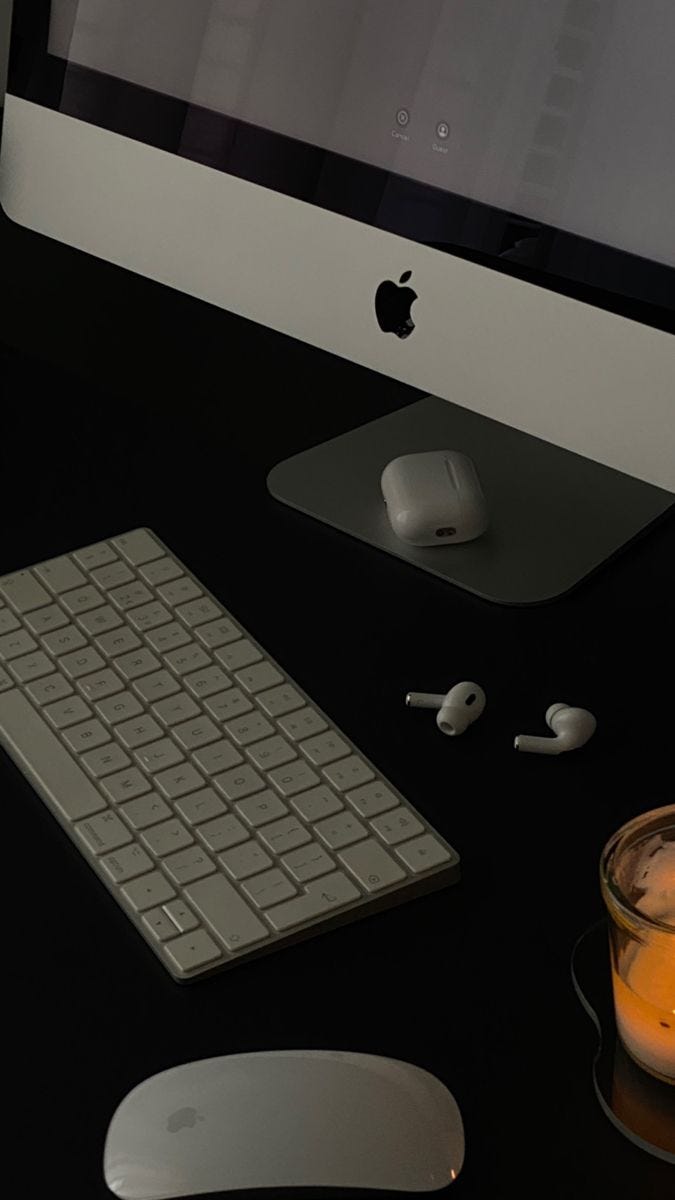Smarter, Not Harder: Gen Z’s New Rules for Health and Work
If you’ve noticed fewer “hustle harder” posts on your feed, it isn’t your algorithm, it’s a generational reset. Gen Z is redesigning the relationship between work and wellbeing, and the ripple effects are reshaping hiring, benefits, spending and even the data we track about our bodies.
Below is what’s changing, why it’s evidence-based, not just vibes, and what smart employers (and individuals) can do next.
1) Wellness now outranks the paycheque
For the first time on record, global workers rank work–life balance above salary when weighing jobs. Randstad’s 2025 Workmonitor (26,000 workers, 35 countries) found balance edging past pay as the top motivator, a shift most pronounced in younger cohorts. Deloitte’s Gen Z & Millennial Survey echoes it: work–life balance is the No. 1 factor when choosing an employer, well ahead of status signals like job titles or material perks.
So what? Brands that still treat wellbeing as a “nice to have” are already losing out on talent. Flexibility, sane hours, and psychological safety have become table stakes.
2) Mental health is non-negotiable—and measurable
Younger workers are also the most willing to act when they’re struggling. Large, multi-country polling shows Gen Z are more likely than older generations to miss work due to stress or poor mental health. That’s not fragility; it’s boundaries, backed by data on the real productivity costs of distress and burnout.
Evidence check: High stress and poor sleep degrade performance and memory formation; meta-analytic work links sleep restriction with measurable cognitive costs at work.
The cultural shift: “Powering through” while unwell is no longer admired, especially among Gen Z and millennials. The new social norm is to stay home, recover, and protect teammates.
3) From gadgets to biomarkers: biohacking grows up
Wellness isn’t just yoga mats; it’s metrics. Wearables and sleep trackers continue to climb, and the wellness market is surging, driven disproportionately by Gen Z and millennials who see health as a daily, personalised practice spanning sleep, nutrition, fitness and mindfulness.
HRV (heart-rate variability) moves mainstream. HRV is a validated proxy for autonomic balance and stress load; systematic reviews show lower HRV under stress and in mood disorders, and it’s increasingly used for recovery readiness. Translation: listening to your body can be instrumented, and it isn’t pseudo-science.
CGMs for non-diabetics? Continuous glucose monitors are trending beyond diabetes. Early commentary and reviews note growing use, but evidence for benefits in healthy people is mixed; reputable clinical voices caution against over-interpreting the data without coaching and context. The Gen Z move here is instructive: experiment, but demand evidence and guard against gadget-induced anxiety.
4) Spending shifts: less “stuff”, more stamina
McKinsey’s latest wellness research pegs the global market around the $2T mark and shows younger consumers buying more across health, sleep, nutrition and mindfulness categories than older groups. In other words, fewer impulse “things”, more long-horizon investments with genuine ROI—energy, mood, sleep and resilience.
UK flavour: Preference for flexible work among Gen Z remains strong; only about one in ten want the office full-time. Employers funding therapy, sleep support and fitness stipends will win attention more than those dangling marginal pay bumps.
5) The end of “just grind”
The new ethic is “train, don’t drain.” Recovery is a skill, not an indulgence. The science supports this: sleep quality and duration correlate with better health outcomes and workplace functioning, while chronic restriction impairs memory encoding and consolidation—exactly the things knowledge workers trade on.
What this looks like in practice
Bounded intensity: Deep-work sprints, then off. Fewer back-to-back meetings; protected focus blocks.
Recovery metrics: HRV, resting heart rate, and sleep efficiency used to pace workload.
Psychological safety: Leaders model time off for mental health and discourage “sick heroics”. (Retention data applauds this.)
Quick playbook (for individuals & teams)
Track wisely. If you’re new to biomarkers, start with low-lift, high-signal measures: sleep duration/regularity, HRV trends, and subjective stress. Use weekly trends, not single numbers.
Prioritise sleep. Aim for consistent timing and a wind-down routine. Expect ROI in mood, memory and decision-making within days to weeks.
Normalise mental health. Audit workload, agree red lines (e.g., no Slack after 7pm), and make it easy to take mental health days without stigma. The data show younger teams already do—and performance benefits follow.
Spend for stamina. If budget is finite, redirect from low-utility perks to therapy access, quality sleep setups, and movement: they compound over time. The market data—and Gen Z behaviour—are telling us that’s where the lasting ROI lives.
Gen Z isn’t rejecting ambition; they’re redefining it. The new status symbol is sustainable energy, clear thinking and relationships that outlast a payslip. Employers that catch up will attract better talent. Individuals who invest early in their health will out-perform—and outlast—the grind.
~The Wellness
